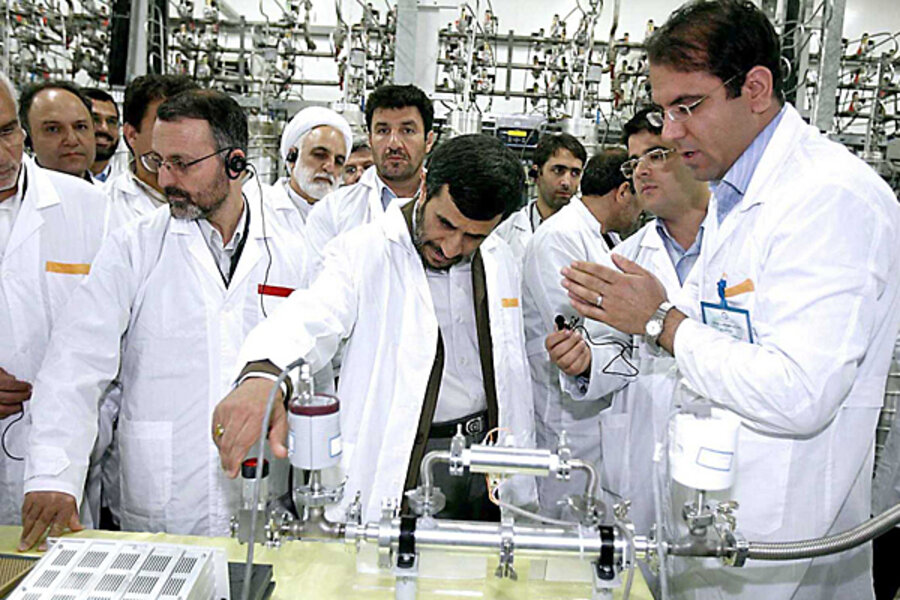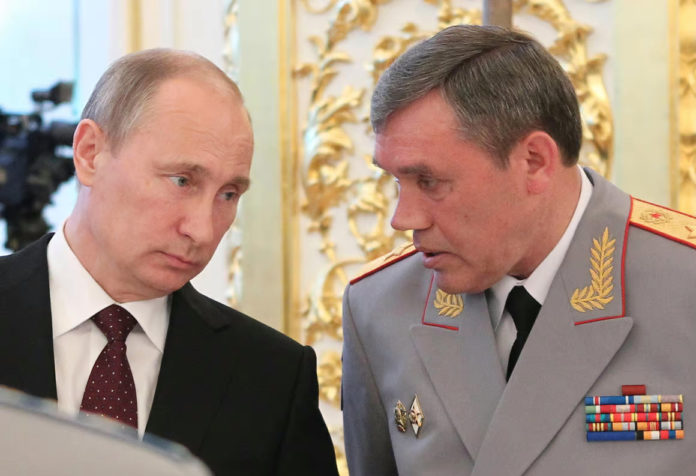The definitions of what Hybrid Warfare is are different between the US and Russia, so much so, that the actual tools are different until today as well. The US is the more ‘modern’ or ‘creative’ user while Russia is more conservative and relies more on traditional tools. The US bases its Hybrid warfare on their ideology of exceptionalism meaning that they are the sole super power after the collapse of communism and as such has the right to act as the global police.
One very prominent tool of the US Hybrid Warfare is regime change, this aims bring a government into power that supports the US primacy in world affairs. How to achieve regime change? Highlight Human violations of the sitting government in global forums and media, support opposition politicians and create a “colour revolution” that brings the opposition that is obliged another ruler a dictator and wage war against him-with the help of international army and UN support as has been done in Iraq, Libya and Syria. Or hold a US-friendly regime in power against the popular opposition that is trying to change the government, examples are Bahrain and Yemen. A third option that has been practiced is to engineer ‘false flag operations’ so as to blame someone else for it and create an excuse to intervene like for Osama Bin Laden (OBL) in Afghanistan.
Russia, on the other hand, is in a different situation. Though territory-wise the largest country in the world, it had to overcome the shock of the fall of communism and the Soviet Union. There are two main points in Russian policy: one, it considers the territories of the former Soviet Union as its ‘sphere of Influence’ and any attempt to interfere there is regarded as an existential security threat. Secondly, given the large landmass and the missing outreach to the ‘warm waters’ of the Indian Ocean and even the Atlantic, gives the existing naval ports in the Black Sea, Northern Sea and Pacific; special importance. In addition, the Russian naval base in the Mediterranean (Tartus, Syria) is especially guarded as well. US and NATO attempts to encroach on either the ‘security belt’ or naval positions of Russia are, therefore, regarded as attacks and responded to vehemently.
The territory of former Soviet Union as Russia’s own “sphere of influence” holds true for Ukraine, a country that is historically closely related to Russia. After Ukraine had gained independence in 1991, NATO and EU started making overtures to Ukraine trying to loosen its traditionally close relationship with Russia, by dangling in front of their nose the possibility of Ukraine’s membership in those organizations. To prevent that Russia used Ukraine’s dependence on Russian gas and the mounting Ukrainian debt to pressurize Yanukovych, not to sign the association treaty. When under Russian pressure he refrained from signing the association agreement with EU a series of violent events involving protesters, riot police, and unknown shooters started in the capital, Kiev, culminating in the ousting of the elected Ukrainian President and the overthrow of the Ukrainian Government. These events of this “colour revolution” became known as the ‘Orange revolution’.
Observe the difference between the two tactics, US and the West uses ‘modern’ hybrid warfare in form of money, training, and publicity for the opposition while Russia uses rather traditional pressure tactics. Activists of the Orange Revolution were encouraged, funded and trained in tactics of political organisation and nonviolent resistance by Western pollsters. Former US president, Barack Obama admitted that the United States “had brokered a deal to transition power in Ukraine.” Yanukovych fled the country and took shelter in Russia and a new unelected government took over consisting of rebel forces. The new government signed the association agreement with the EU on March 21, 2014. However Putin was not caught off-balance. Learning fast from the events and the tools employed, the Russian intelligence knew in a few hours that Maidan would be replicated in Crimea, so the Kremlin acted swiftly.
Both Ukraine especially the highly industrialized Eastern Ukraine and the Crimea have a large Russian population that felt increasingly worried about the visible detachment of Ukraine from Russia. The Maidan unrest, the flight of President Yanukovych and the Ukrainian nationalism of the new government provoked pro-Russian protests in the Ukrainian territories inhabited by a large Russian population. The status of Crimea was of extraordinary importance to Russian military defence because of the Black Sea Fleet being stationed in Crimea. Not waiting for further trouble to spread, the Russian military annexed Crimea within a few days. It was an unplanned, short notice operation and the military world wondered at how well disciplined the new Russian army acted.

Cyber-warfare is a new tool in the tool box of HW. It describes the targeting of computers, online control systems and networks, as acts of war. It involves both offensive and defensive operations pertaining to the threat of cyber-attacks, espionage and sabotage. The huge popularity of social media and the data present in social media accounts are collected and used for espionage and profiling of users as well. Mobile phones and SMS are intercepted. Politicians and governments even friendly ones are spied upon. Malware is created and slipped into systems that can cause disruption and break-down of power grids, telecommunication and others. One example was the malware Stuxnet that in 2010, attacked effectively Iran’s nuclear program for the development of nuclear weaponry, but came at a high cost. For the first time, it became clear that not only could cyber weapons be defensive but they could be offensive. The large decentralisation and scale of cyberspace makes it extremely difficult to direct from a policy perspective. Non-state actors can play as large a part in the cyber-war space as state actors, which can lead to dangerous, sometimes disastrous, consequences.
One of the prime targets of hybrid warfare is the economy. Not only must firewalls, around the digital transfer of money be enhanced but alternate and stand by modes must be made active. Moreover it is important and incumbent for SBP and PTA to regulate the money transfer by TELCOS, all of which are foreign. Hence they are more concerned with profit rather than national security. We must recognise that the easiest way to subvert the currency is to make money-laundering legal. The intelligence agencies must not be complacent; they must uncover and expose these moles. TELCOS are both a prime target and source both of every form of subversion from eaves-dropping to hacking, etc. Recently an attempt to take over most of our mobile tower by enemy interests acting through a friendly Muslim country and their agents in Pakistan was foiled by our intelligence agencies who discovered the $1 billion purchases, being counted through the friendly country. Incidentally subsequently fake news were planted by the sponsors of this active espionage that Pakistan had lost a tremendous “foreign investment”.
In order to find appropriate response hybrid warfare attacks there is a need for geo-political assessment of its threats; in a globalised world threat perceptions have to be coordinated with partners in the region and globally. Within the country there is a need for trust of the population in the institutions of the state — military as well as civilian. There is a lot that needs to done in Pakistan.
Countering hybrid warfare threats brings new ethical challenges as well: while an enemy might disregard moral limits in using tools of HW the ethical dimension cannot be abandoned by us. Despite the fact that the nature of war has changed drastically, yet it remains a conflict between human beings.
The students of national strategy must understand that. In conventional warfare the military has to study all aspects of the enemy in great detail but also has to critically evaluate its own force. Given the changed nature of warfare we need to institutionalize the study of tools available to the enemy in the conduct of Hybrid Warfare. Such an exercise through specialists/ institution could be then factored to draw the National response. This will be a huge exercise but cannot be left anymore with one institution only. Two broad things have to be taken into account in this regard. One, study the enemy allocation of funds and secondly, record all events as these two are clear manifestations of the mind set and design of the enemy. Sun Tzu more than two thousand years ago wrote “Know your enemy and know yourself and you can fight a hundred battles without disaster” (this is Second part of extracts from a talk delivered at the National Defence University (NDU) recently by the defence and security analyst).




